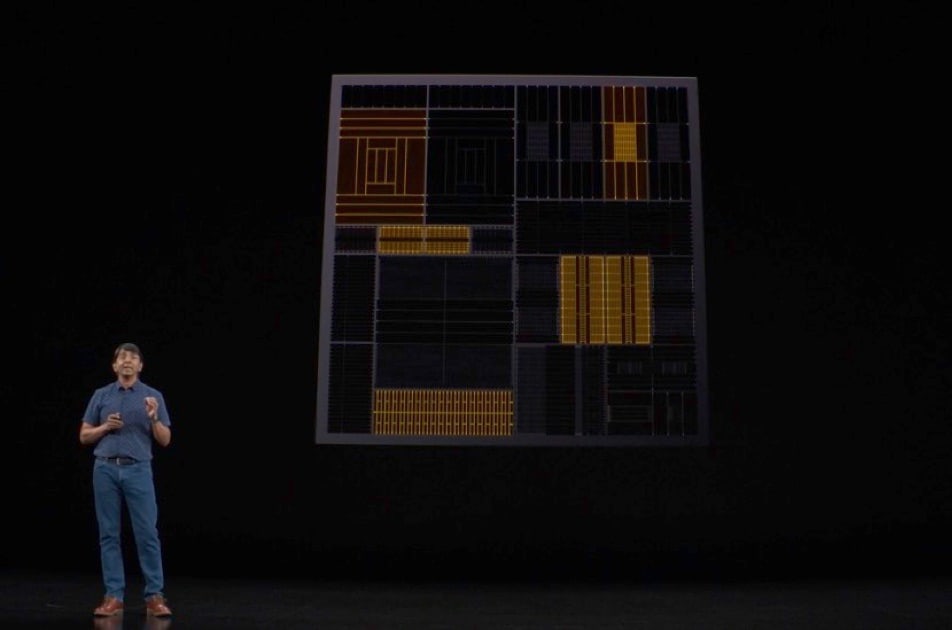While nothing has been confirmed, there is lots of talk that Apple wants to put its own, custom-made, ARM processors into upcoming Macs. But what exactly is one, and why is Apple so keen to introduce them to Macs? iMore has a great explainer.
Apple designs its own CPUs and CPU cores that implement ARM instruction sets. The company’s work is completely custom, rather than a repackage of ARM processors. Theoretically, Apple could license x86, the instruction set architecture used in processors from Intel and AMD, and build custom desktop and laptop chips that way, but the team is by now versed in ARM, and chips made with the ARM instruction set are known for their lower power consumption compared to x86. This is all a way of saying that “ARM transition,” while a convenient shorthand, doesn’t fully describe what we expect to happen with upcoming Macs. We expect that, like the A-series chips in iPhones, iPads, and Apple TVs, Apple’s Mac processors will be completely custom.
Check It Out: What Are ARM Processors And Why Does Apple Want Them in Macs?

Still not convinced. AFAIK There is only one reason and one reason alone for switching. Cost Reduction. There is nothing special about ARM in low power and performance, if both were made in the same node, the difference would be negligible, especially on a Laptop or Desktop.
Intel also has a clear roadmap, or at least they had it all done but let down by their 10nm node failure with two to three uArch improvement. Performance isn’t a concern or an advantage to Apple’s own chip here.
SoC also doesn’t work with GPU intensive usage, unless Apple decided to make their own GPU as well. Which is an even bigger task.
If Apple were shipping 30 – 40M Mac per year, it would have made sense. Right now, I still see it as a tactics in negotiating lower price from Intel.
The lack of Intel x86 inside Macs is a deal breaker for our University. Because we need true full compatibility with the rest (95%) of the world (Windows). And I do not mean boot camp alone, but also VMware Fusion, for instance. And last but not least, being critically essential in our workflow, true full compatibility with Microsoft Office applications (Word, PowerPoint and Excel) to share documents and scientific meetings with colleagues, track changes while co-editing manuscripts for scientific publications, etc. If Apple does not release Intel x86 Macs, we will be forced to switch to Windows for sure at our Universisty. A shame for all. Did Apple remember and learn the lesson from the PowerPC (RISC as ARM) fiasco yeas ago?
Charlotte:
Many thanks for selection. Joseph Keller’s piece on iMore provides a thoughtful, well-reasoned and plausible argument as to why Apple would, and likely will, move at least a part of their Mac line to ARM chips.
In addition to that, there can be found additional material online regarding not simply the superior power efficiency of Apple’s ARM SOCs vs the latest Intel CPU, but superior performance indicators, as measured by GeekBench for both single core (ARM 12Z vs 2020 16”MBP) and multi core (ARM 12Z vs 2020 MBA), and the fact that Intel are still stuck at 10 nM tech.
Execution is everything, and we should anticipate that, whatever advantages and benefits we might expect from such a transition, we will undoubtedly be in for some surprises, hopefully happy ones, costs and deficits notwithstanding.
The smart money is on Apple only making this transition if, in the long run, the benefits and gains to both itself and the user community outweigh the costs and losses.